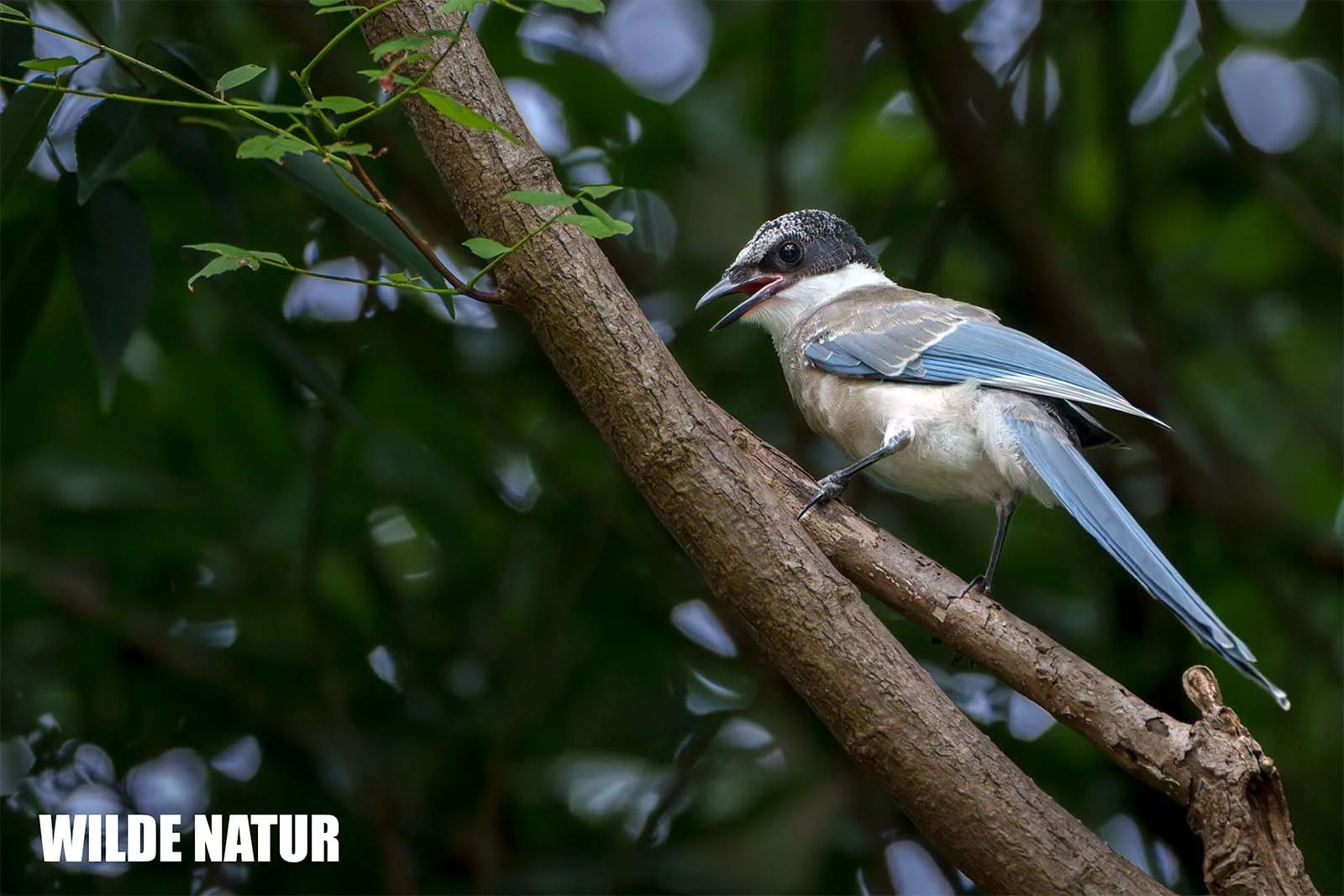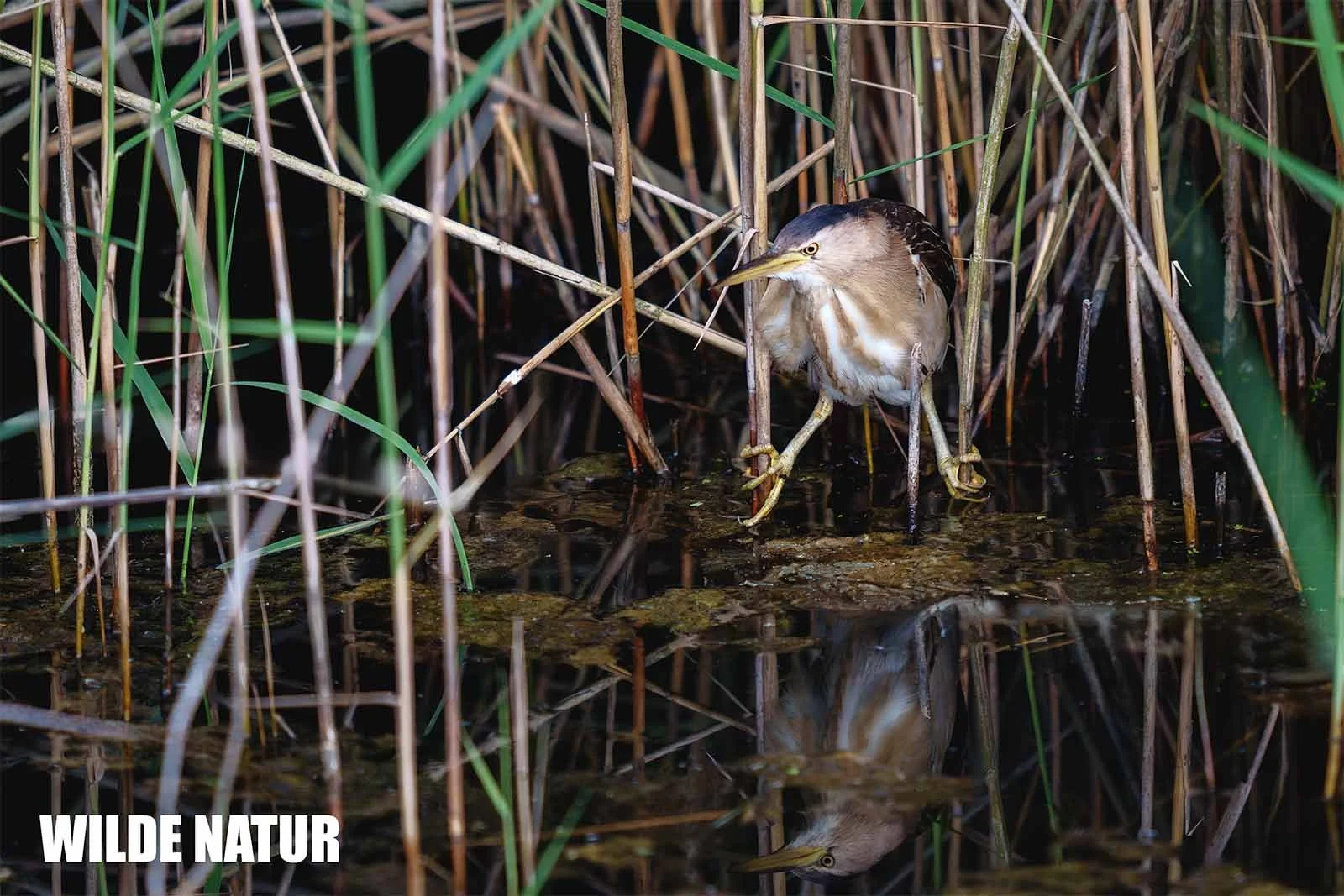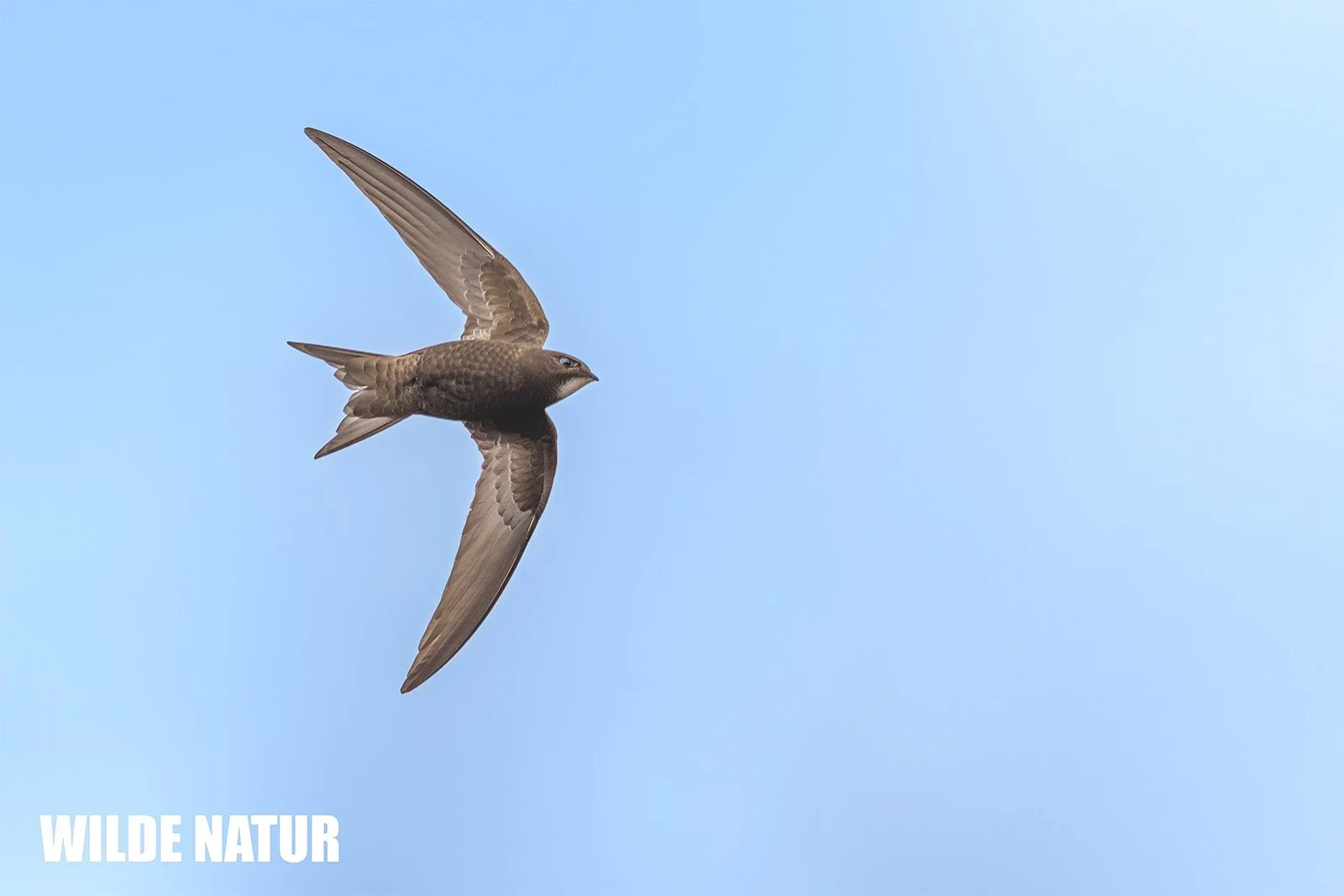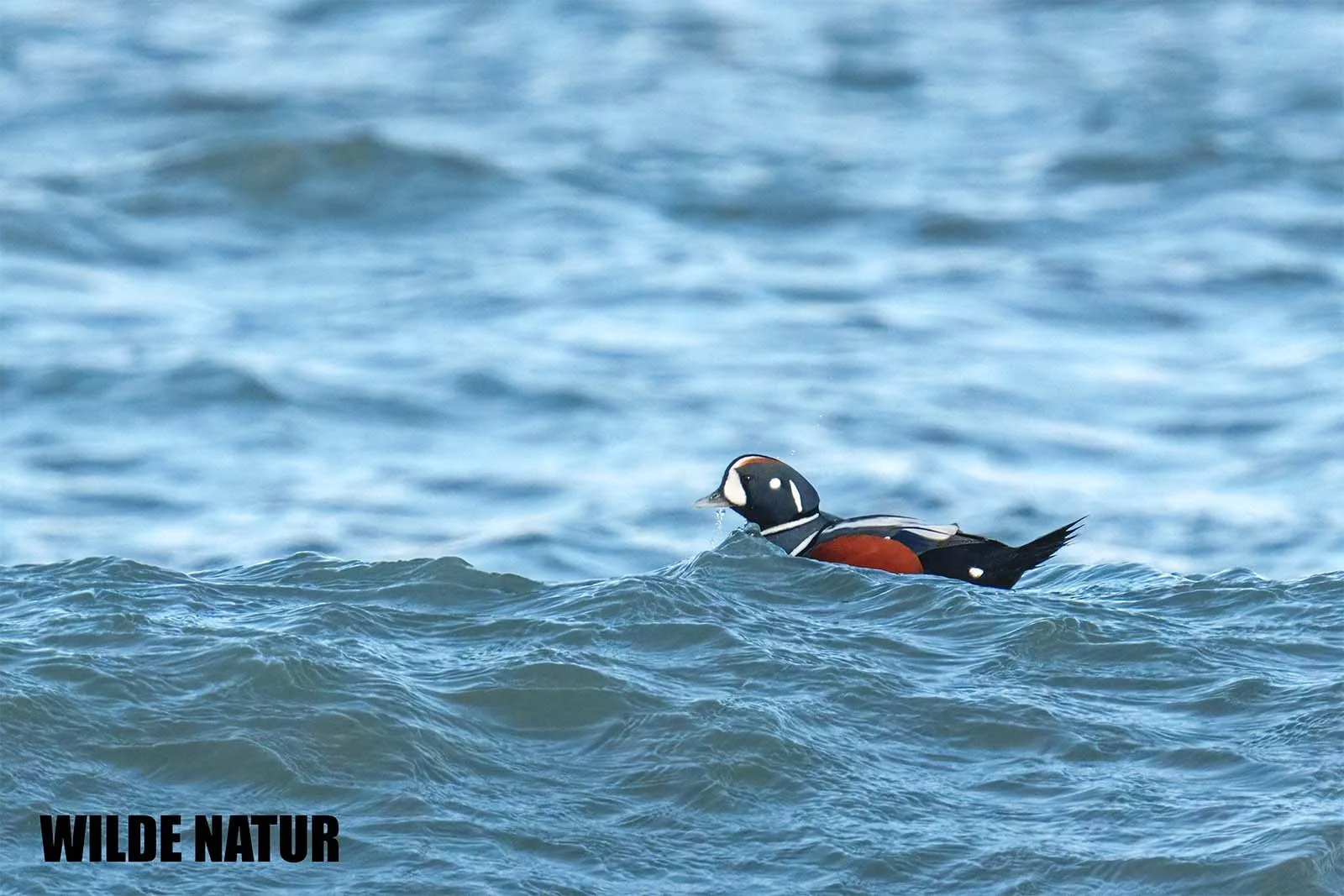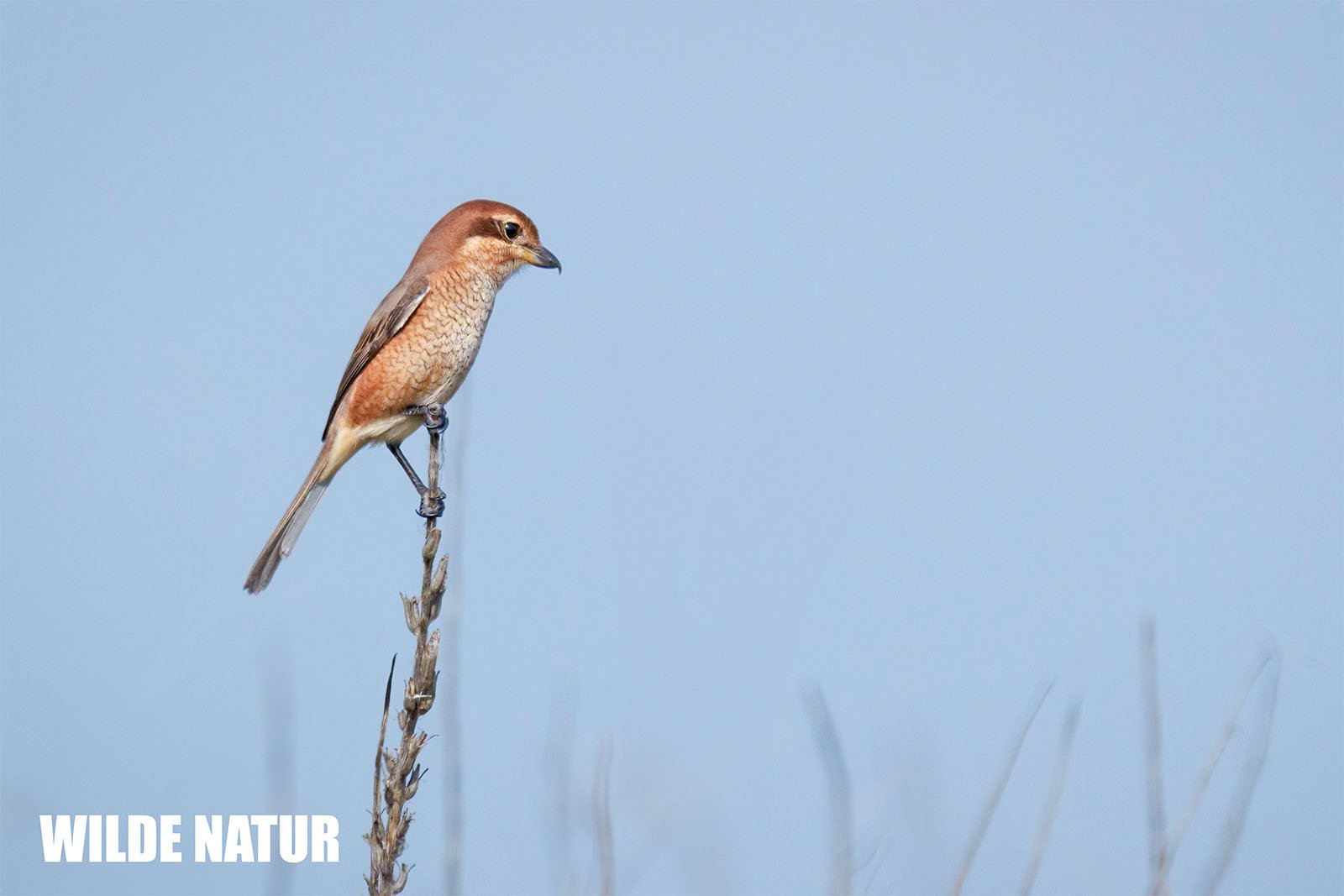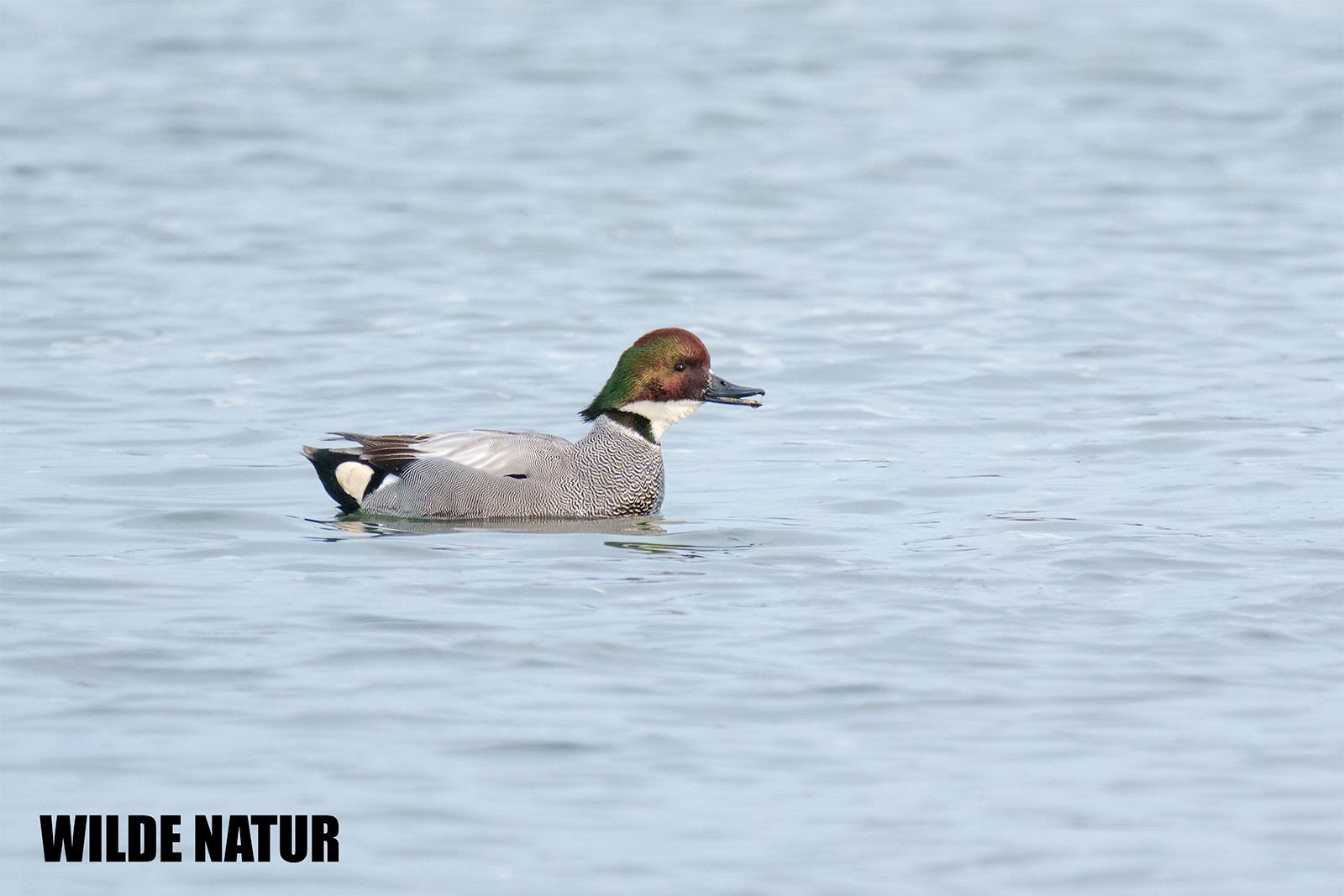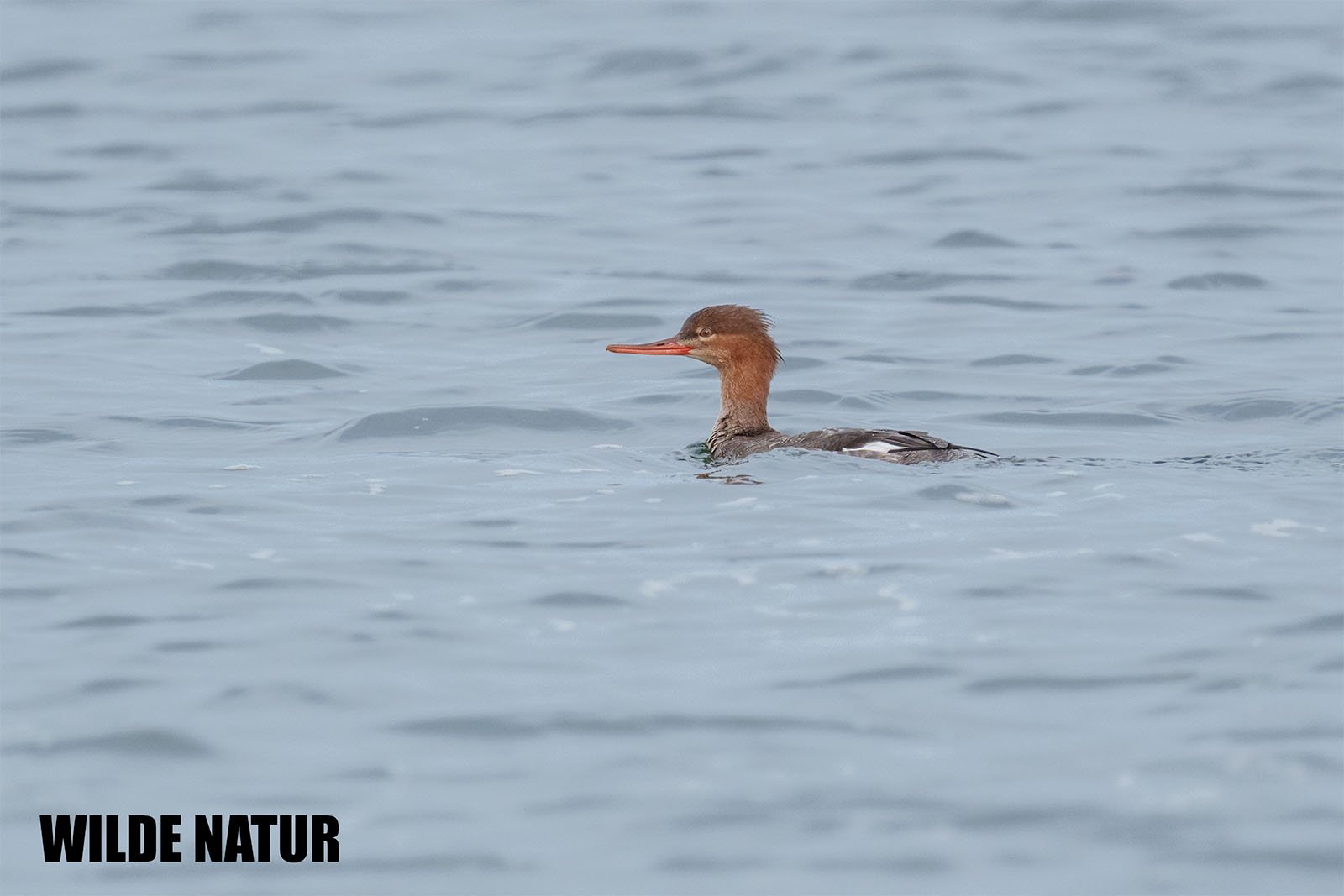European herring gull (Larus argentatus)
Herring gull (Larus argentatus) - Picture taken in Mecklenburg-Vorpommern, Germany
Key Data
Size: 54 - 60 cm
Weight: 0.7 - 1.5 kg
Food: Fish, crabs, worms, carrion, eggs, waste
Season: All year
Observation Tip: Coastlines, inland areas
Photography Tips
Lens: From 200 mm
Difficulty Level: Easy
The European herring gull (Larus argentatus) is the most common large gull in Northern and Western Europe and a bird species within the gull family (Larinae). Its distribution area extends from the coast of Fennoscandia across the Baltic Sea, the North Sea, and the English Channel to the Atlantic coast of France and the British Isles, as well as Iceland. As colony breeders, European herring gulls are mainly found on inaccessible islands or on cliffs, but also in dune areas or salt marshes. The species is an omnivore and mainly feeds on crustaceans, mollusks, fish, and human waste. While northern populations are migratory, most other European herring gulls stay near their breeding areas, but young European herring gulls can cover long distances and can also be sighted inland.
In the 19th century, the species was greatly reduced by egg collection and hunting but recovered during the 20th century. The European herring gull is a well-studied species and has often been the subject of research, especially by the behavioral scientist Nikolaas Tinbergen. Until the end of the 20th century, many gull taxa were considered subspecies of the European herring gull, but later were recognized as separate species. After a revision of gull taxonomy at the beginning of the 21st century, the relationships are now much more differentiated. The European herring gull, in its current definition, is closely related to the yellow-legged gull and the lesser black-backed gull but more distantly related to the herring gull and the steppe gull, and the American herring gull also is not very closely related to it.
The European herring gull is about the size of a common buzzard and has a wingspan of 125 to 155 cm. Its appearance is somewhat stern, as the highest point of the crown is behind the eye. The relatively bulky bill has a length of 44 to 65 mm. Compared to other species of the genus, the wings are moderately long and, when the bird is sitting, extend beyond the tail by 3-6 cm. The scapular feathers create a distinct step on the back, giving the body a relatively bulky appearance. There is no pronounced sexual dimorphism regarding the plumage. Males are larger with a more voluminous bill tip and a flatter forehead, while females have shorter bills and a rounder forehead. The breeding plumage differs from the non-breeding plumage by having a stippled head. Young European herring gulls cannot be distinguished from adults after their fourth year. The legs and feet are flesh-colored in all plumages, but individuals with yellow legs also occur in the Baltic region (see Geographic Variation).
Adult European herring gulls in breeding plumage have a yellow bill with a red spot on the lower mandible. The iris is usually sulfur-yellow, sometimes bright yellow or whitish, and the eye is surrounded by a yellow, orange-yellow, or red ring. The head, neck, and underparts are pure white, while the mantle, back, shoulder feathers, and wing upperparts are light bluish-gray. The leading edge of the wings is narrow white, the trailing edge is broadly white, and the tip of the primaries is black, with white spots in the area of the primary tips. In winter plumage, adult European herring gulls have gray-brown streaks on the white head plumage, and the bill shows some black above or beside the red gonydeal spot.
The preferred breeding sites of the European herring gull are rocky cliffs with offshore islands and skerries protected from high water and ground predators. If such structures are absent, the species also breeds in sand dunes, tidal flats, spoil areas, gravel banks, island grasslands, and salt marshes. Breeding has also been observed in cabbage fields in the Netherlands, and occasionally the species nests on buildings. Inland, European herring gulls only breed in Sweden, Finland, northwestern Russia, and parts of the Baltic states in larger numbers. Here, they live in moorland and tundra landscapes as well as at mountain lakes up to 2000 m above sea level.
European herring gulls mainly search for food in the coastal area, where they are frequently found on beaches and in the Wadden Sea, rarely more than 20 km from the coast, hunting on the open sea. The species also feeds on waste available year-round at specific locations such as landfills, fishing ports and facilities, and slaughterhouses. European herring gulls are also found in smaller numbers on agricultural land and floodplains, at sewage ponds and sewage farms, as well as on inland waters and even in urban areas.
Due to their opportunistic feeding behavior, European herring gulls use a wide range of food sources and prey species, which can vary depending on the season, region, or individual preference. Although animal food makes up the largest proportion, fish is not as significant as often assumed, which is more true for the yellow-legged gull. European herring gulls mainly search for food in the intertidal zone and mainly feed on crustaceans and mollusks such as shore crabs, North Sea shrimp, blue mussels, common cockles, and Baltic tellins. In summer, crustaceans account for up to 90% of their diet, while mussels dominate in winter. Occasionally, they also feed on other species of crustaceans, mollusks, fish, echinoderms, insects, bird eggs, or nestlings, as well as small mammals up to the size of young rabbits. Hunting for small birds usually occurs during migration, when the birds are exhausted and easy to catch. Larger animals are rarely preyed upon, mostly scavenged. Plant food is less significant and is often accidentally ingested with algae or plant parts. Human waste can make up a significant portion of their diet in winter. European herring gulls search for food in fishing ports, at landfills, slaughterhouses, on waste containers, and follow fishing boats and excursion steamers to find food. In doing so, they also ingest non-digestible substances such as plastic parts, silver foil, or cigarette filters, which they regurgitate as spherical or ovoid balls.
European herring gulls can reach an age of over 20 years according to ring recoveries and readings of banded birds, in some cases even over 30 years. For example, a gull ringed in the Netherlands reached an age of 34 years and nine months, while a gull ringed in Germany reached an age of 30 years.
The European herring gull has a population of about 700,000-850,000 breeding pairs, with the largest populations in Great Britain and Norway, followed by France, Sweden, the Netherlands, Denmark, and Germany. In the 20th century, the population in these countries increased dramatically due to protective measures, adaptation to human settlement areas, and year-round food supply.
Controlmeasures against the European herring gull, such as the systematic destruction of clutches, poisoning, or shooting of entire colonies, had only limited effect. Population ecological effects of species like the European herring gull on other seabird species are minor. Habitat destruction, pesticide impacts, and disturbance at breeding sites, however, are major causes of decline for other seabird species. Improved waste management could contribute to regulating the population of large gulls.


